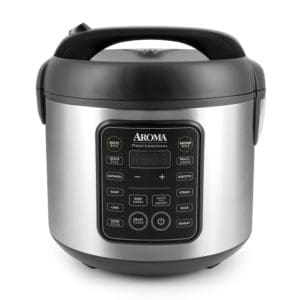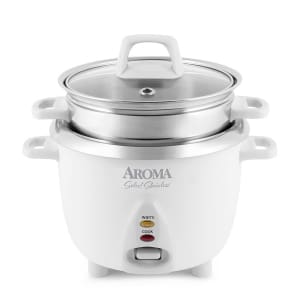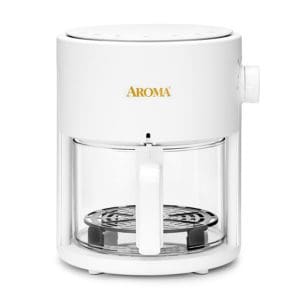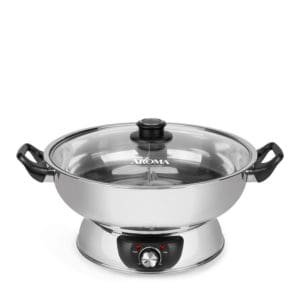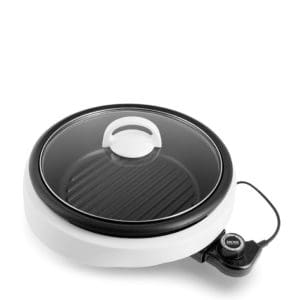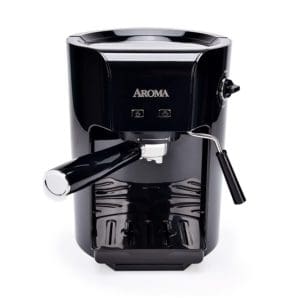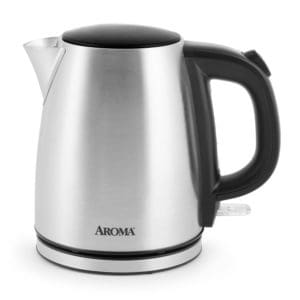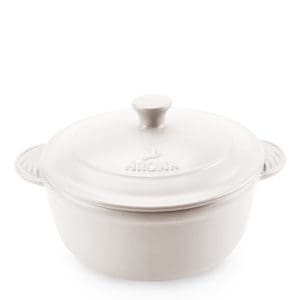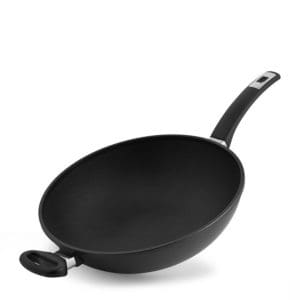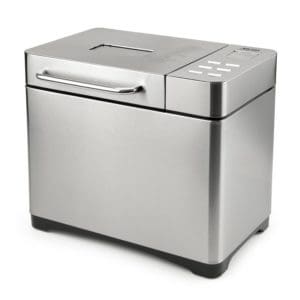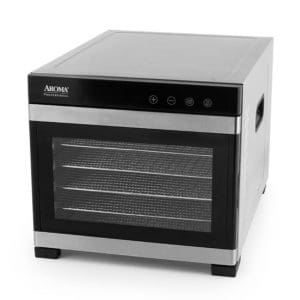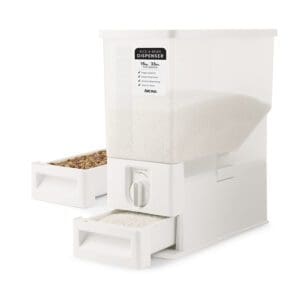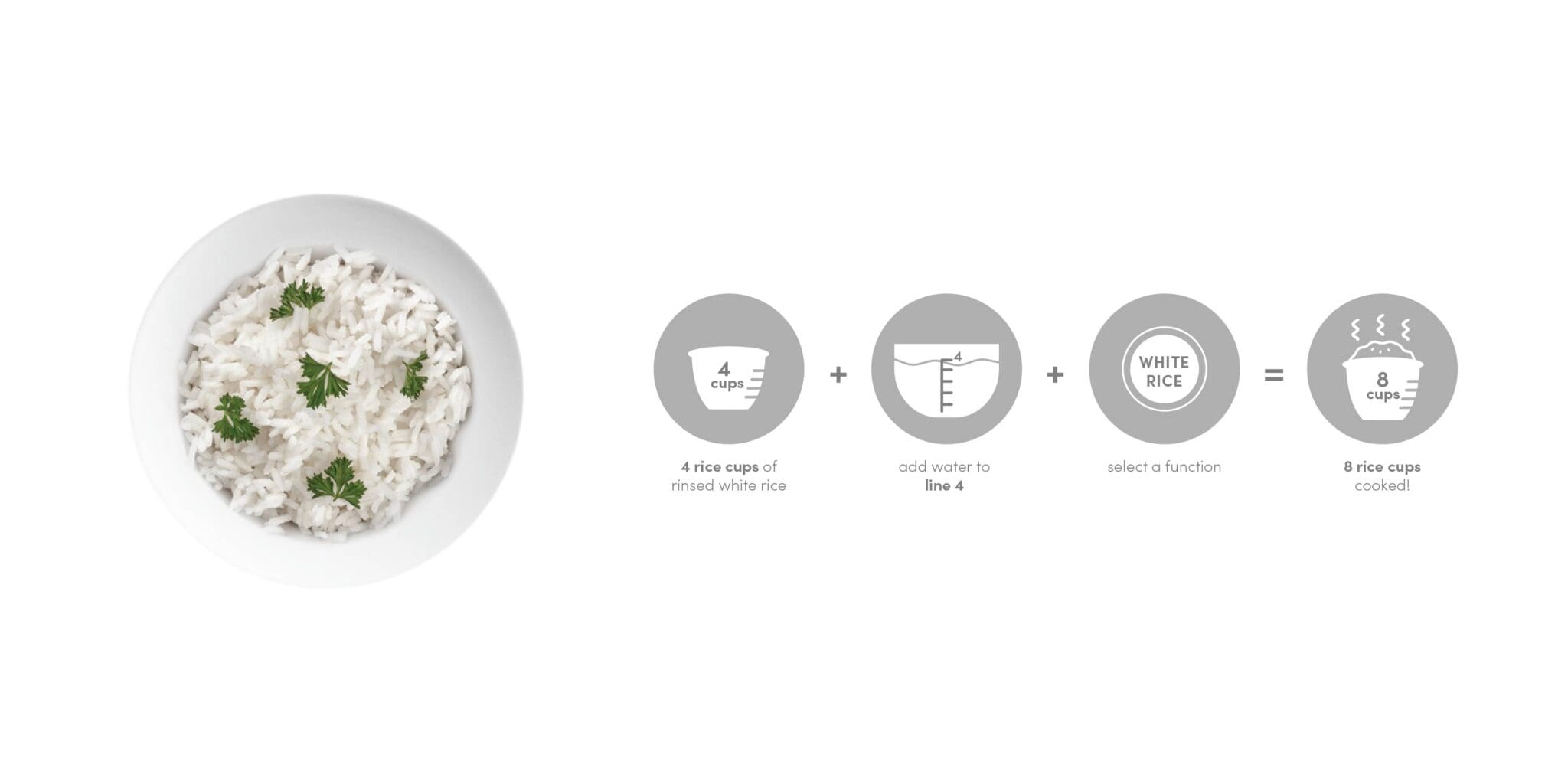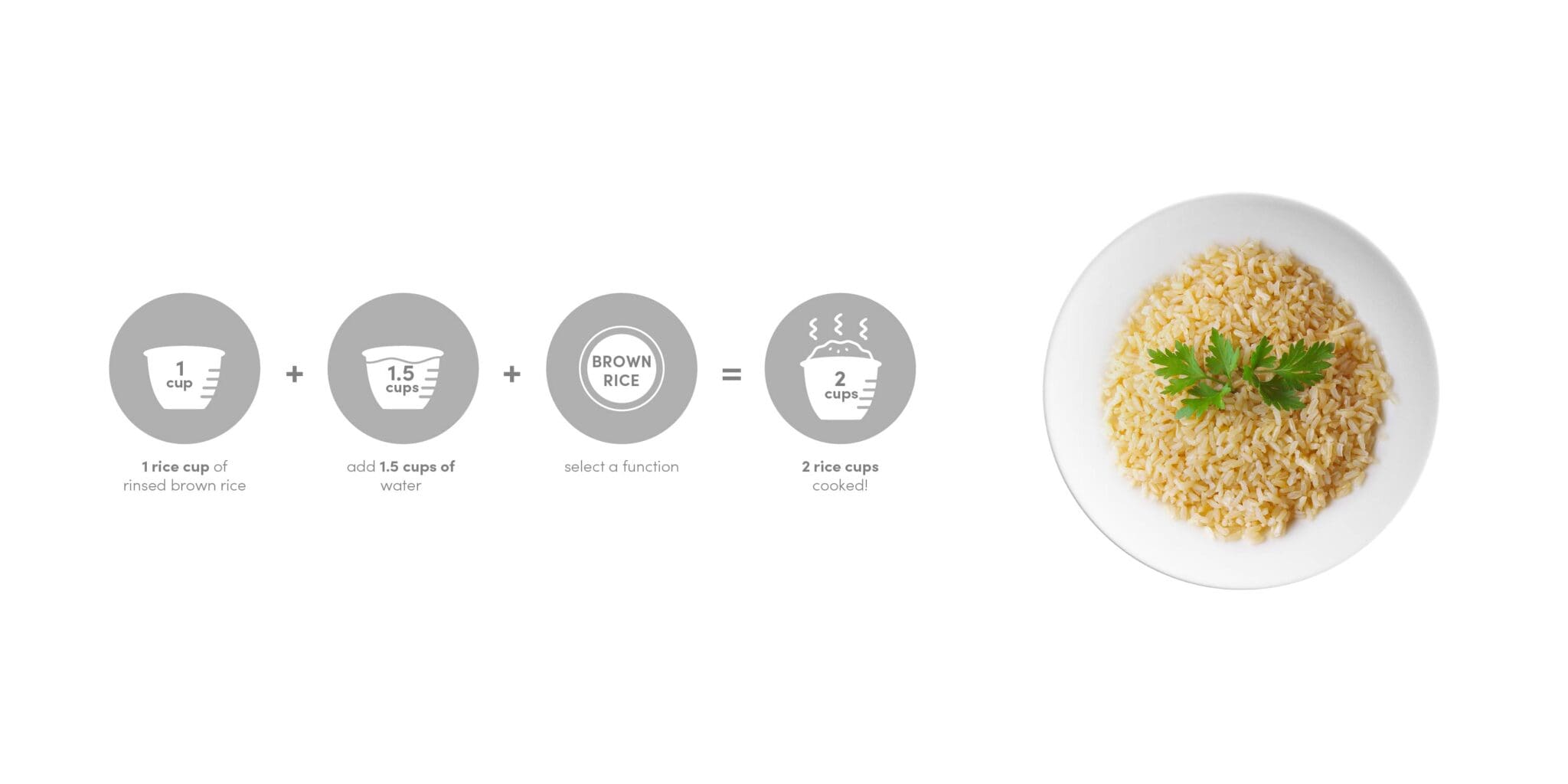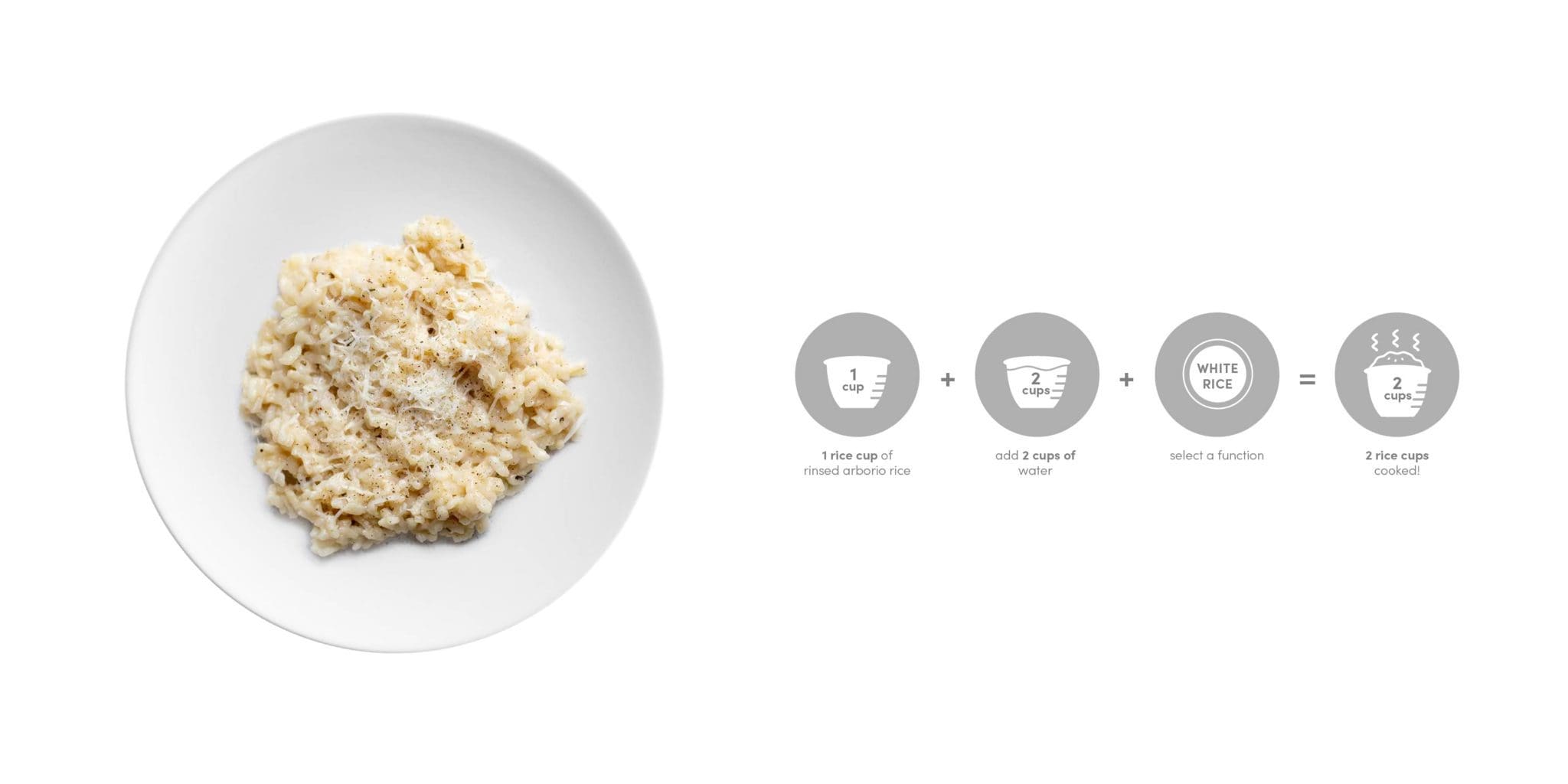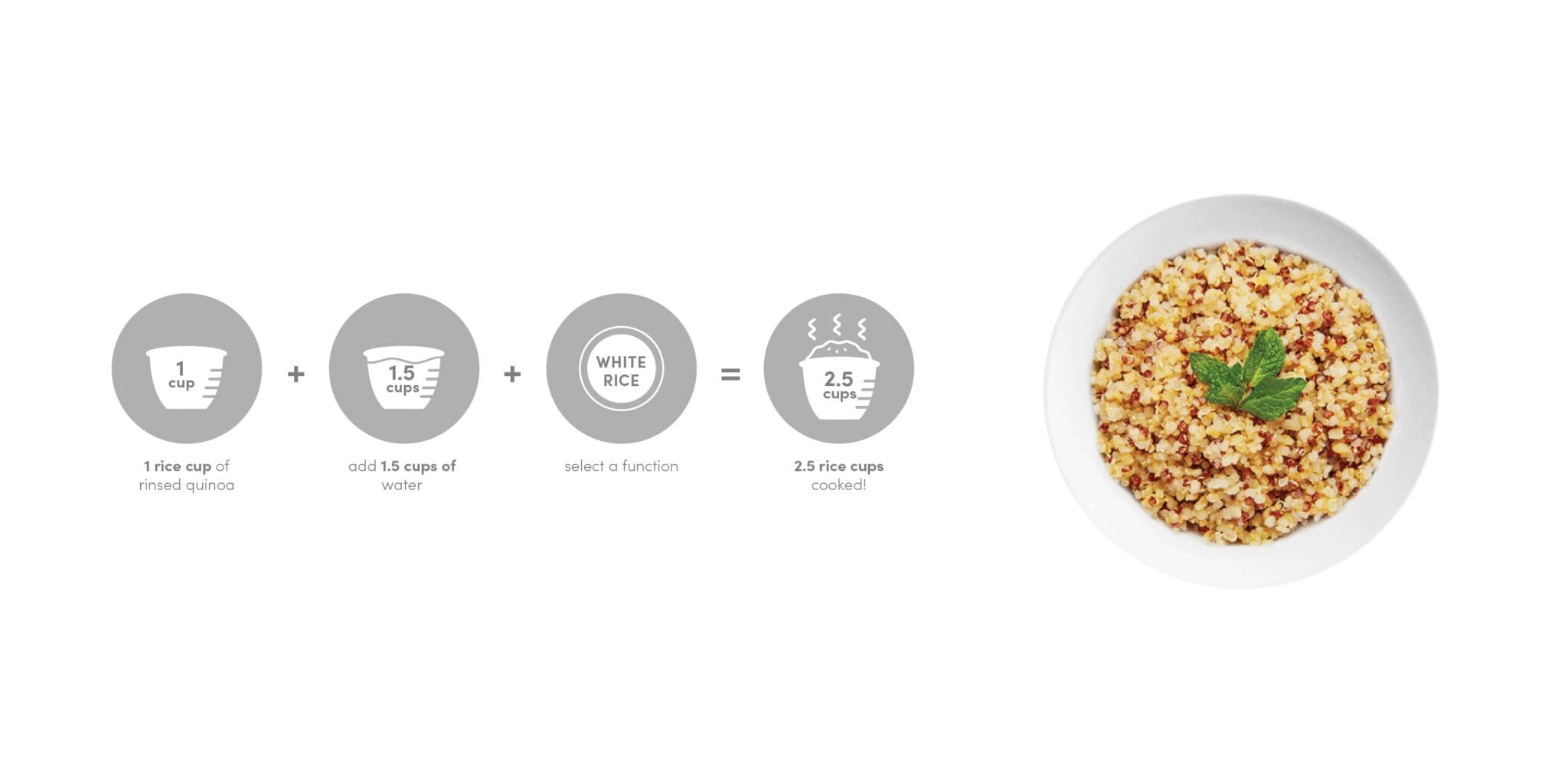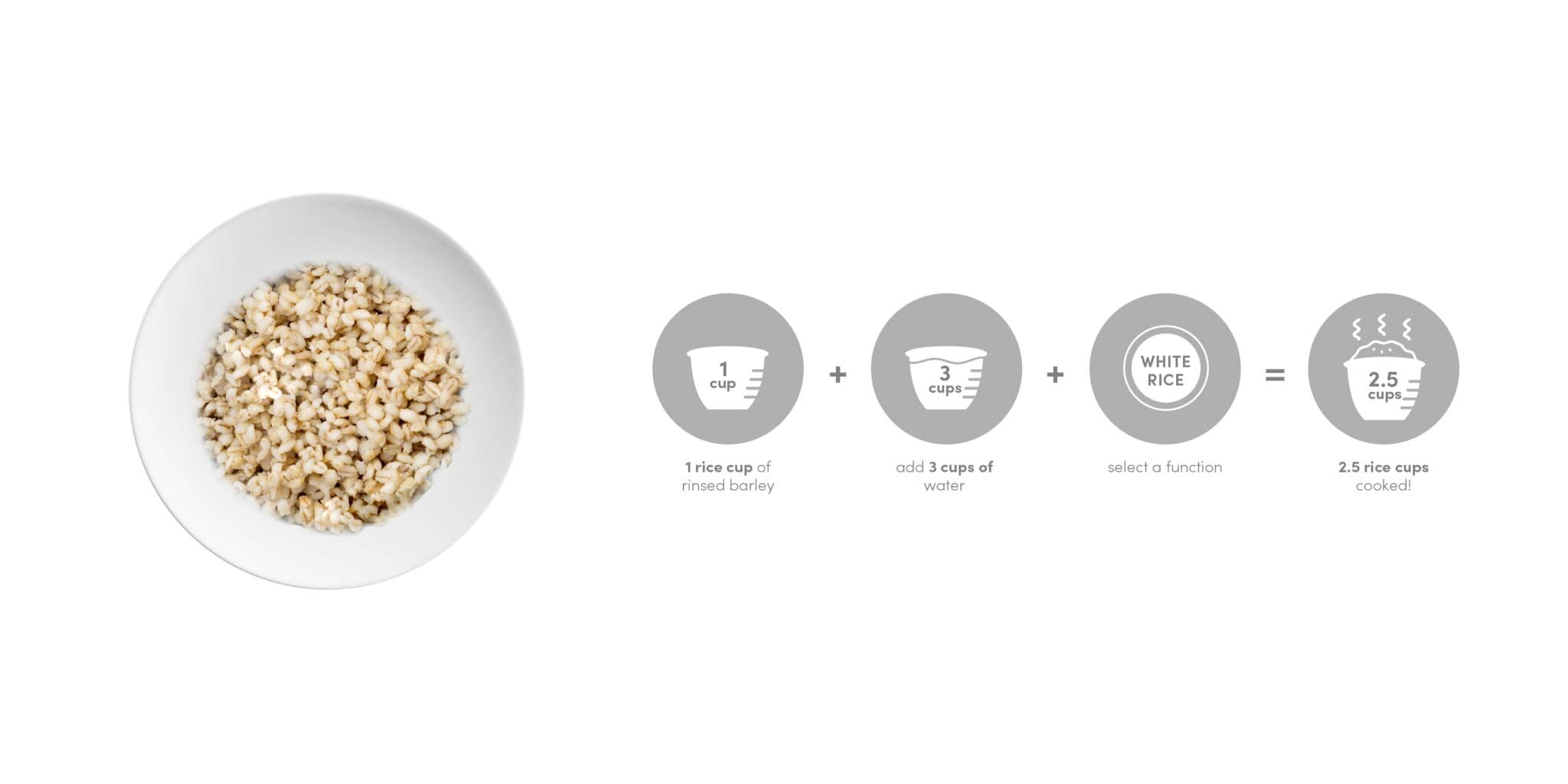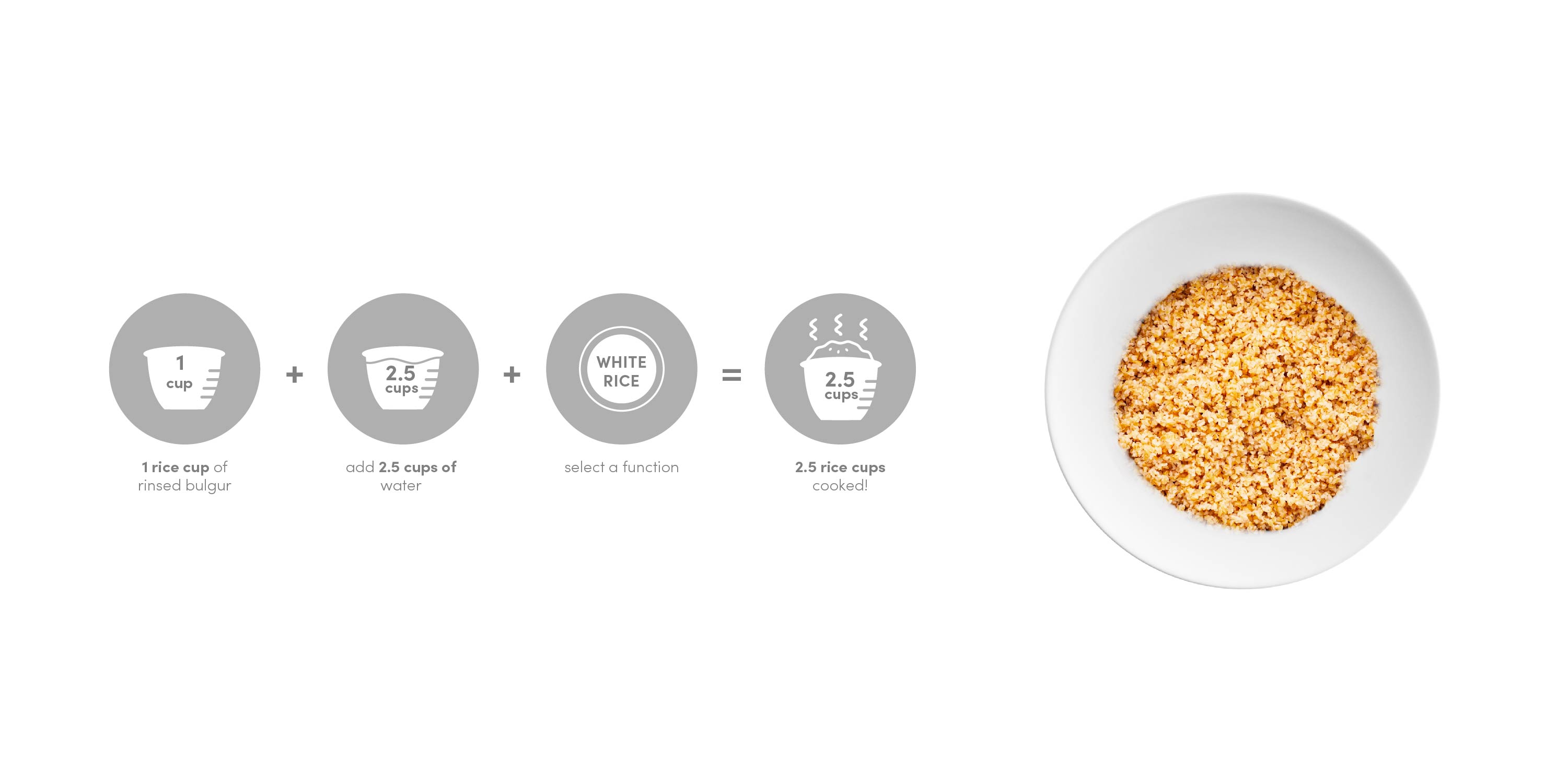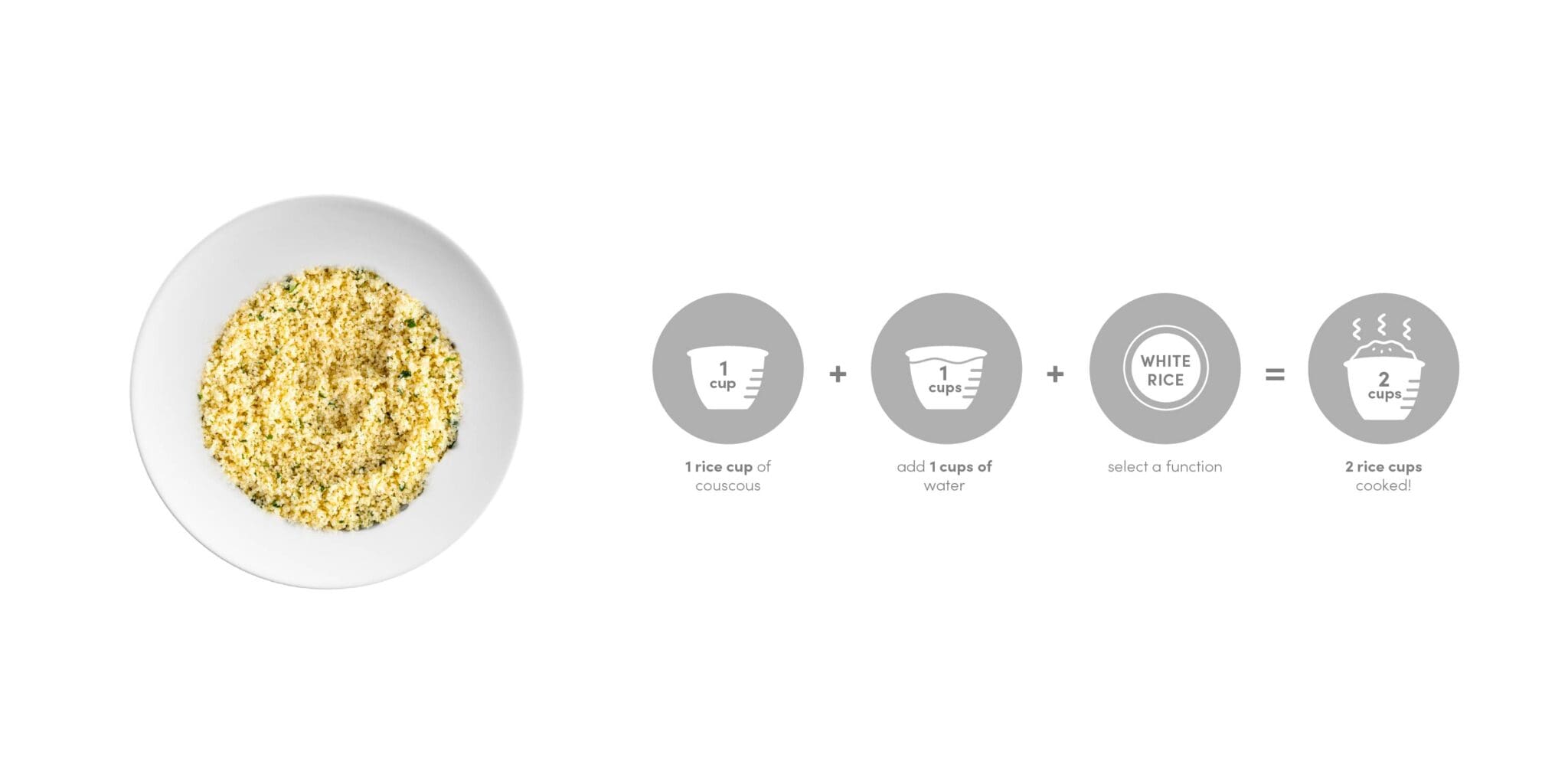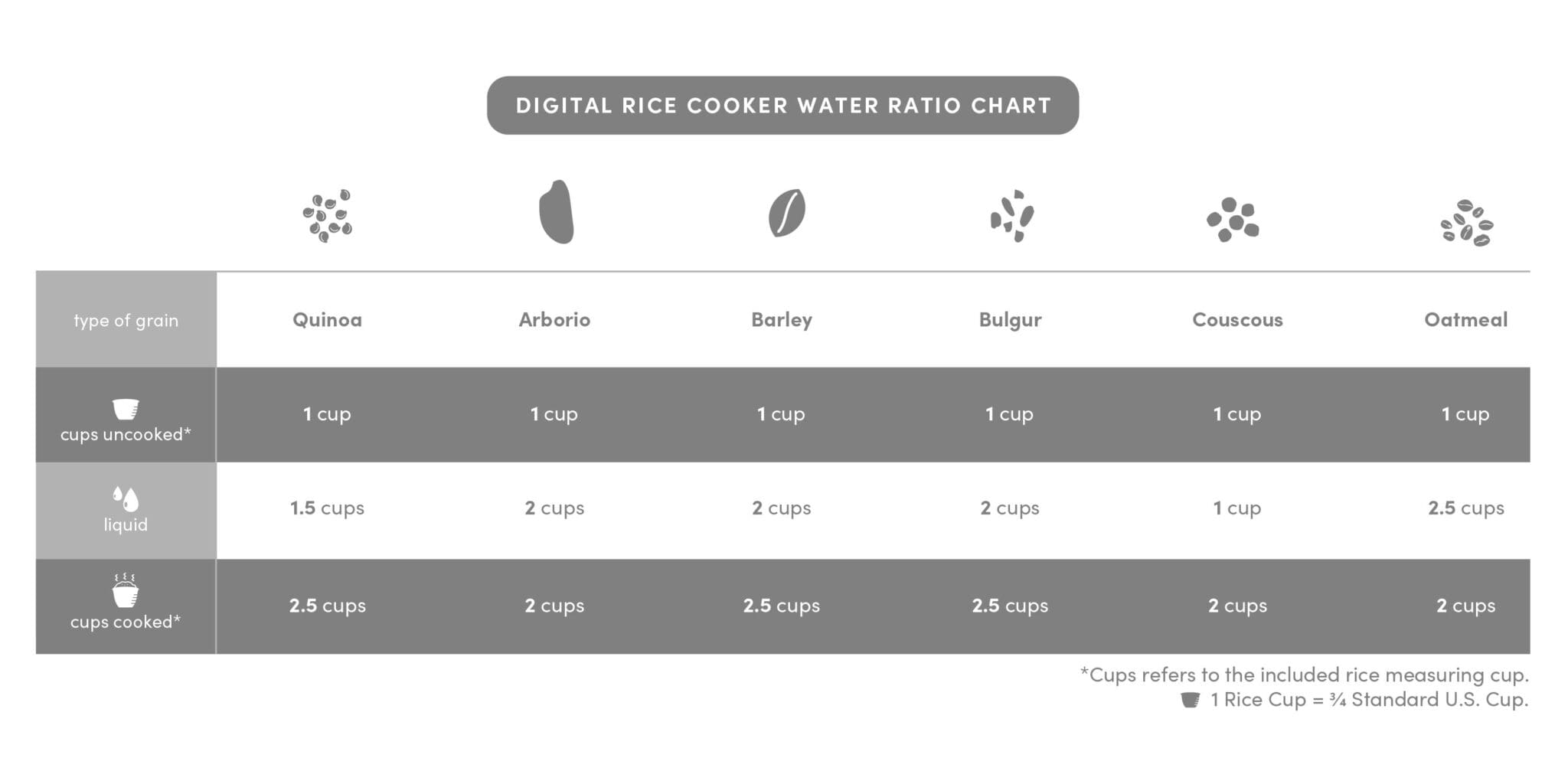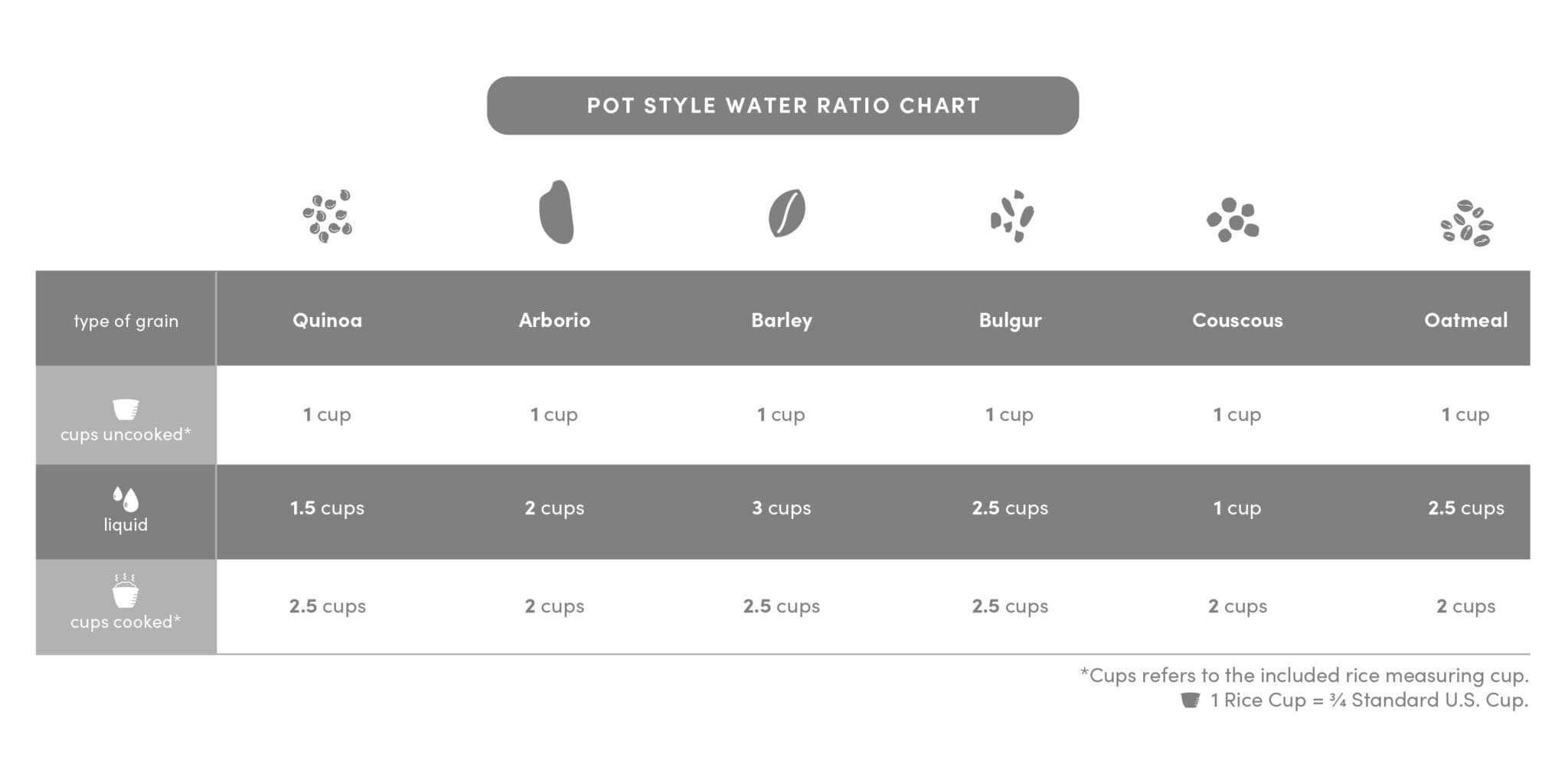- Rice Cookers & Multicookers
-
-
Shop America’s #1 Rice Cookers & Multicookers
Rice cookers and Multicookers come in all shapes, sizes, and colors to suit your needs and cooking styles.
-
- Digital Rice & Grain Multicookers
-
Versatile and easy-to-use, these cookers can steam meats, vegetables, rice and grains.
-
- Rice & Grain Cookers
-
Restaurant-quality rice, soups and stews, and delicious one-pot dishes.
-
-
- Countertop Cooking
-
-
Countertop Cooking
Preparing a home cooked meal just got easier with these Aroma countertop products.
-
- Countertop Oven
-
Offering options to slow roast or air fry your meats and meals to perfection.
-
- Electric Woks & Hot Pots
-
The perfect way to enjoy a hot pot feast at home with family and friends.
-
- Indoor Grills
-
Grill sizzling steaks, stew one-pot wonders, or sear any vegetable to perfection.
-
-
- Tea & Coffee
-
-
Tea & Coffee
Perfect for soothing tea, instant coffee, hot chocolate, a cup of noodles, or a hearty helping of oatmeal.
-
- Coffee Makers
-
Grind your own beans and create your own espressos, cappuccinos, or lattes.
-
- Electric Kettles
-
Boil water much faster than on the stovetop or use the Keep Warm mode.
-
-
- Cookware
-
-
Cookware
Whether you want to stew, bake, or slow cook, with these classic cookware products you can cook your favorite dishes to perfection.
-
- DoveWare®
-
Made of a safe, non-toxic, and PFOA free clay to ensure clean cooking and tasty food.
-
- Ultimate Wok®
-
Made with a diamond reinforced nonstick coating that makes for simple searing and easy cleanups.
-
-
- Specialty Products
-
-
Specialty Products
Our range of cooking appliances and gadgets can transform your kitchen into a convenient culinary paradise capable of creating restaurant quality dishes.
-
- Bread Makers
-
Delicious homemade bread has never been easier to prepare. Bake to your exact preference.
-
- Food Dehydrators
-
Great for trail mix, dried fruits and vegetables, beef jerky, dried herbs and spices and so much more.
-
- Food Storage Container
-
Keep your rice, grains or beans fresh with longevity.
-
-
The Ultimate Whole Grain Cooking Guide
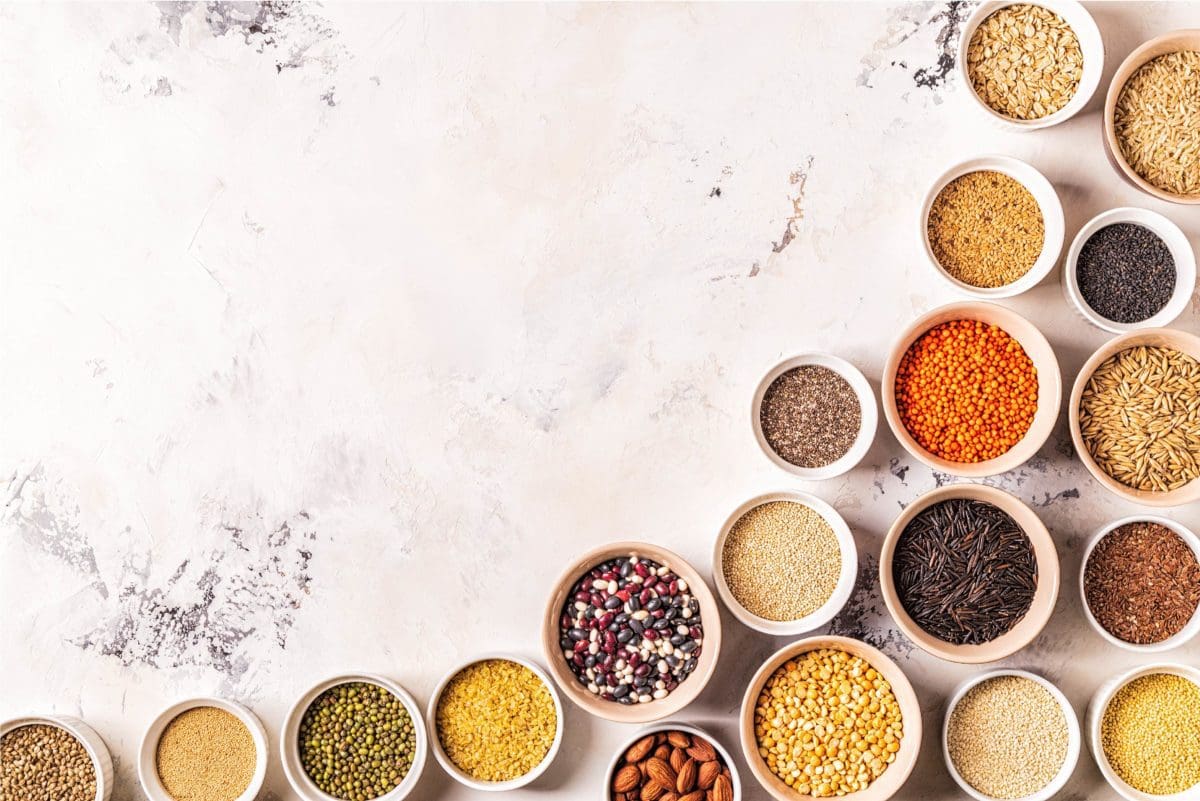
How courageous is your cooking? Traditional and digital rice cookers can prepare so much more than just rice. Bulgur, barley, quinoa, couscous… you’ve got lots of options. Whether you’ve never cooked these grains before or need a refresher, Aroma’s ultimate grain cooking guide has the answers.
Start with a classic: white rice
“What is the correct rice to water ratio?”
Aroma’s inner pots are designed with clear, intuitive measurements for this culinary staple, and the water line will match the number of rice cups you poured inside. For example, add four rice measuring cups, fill with water up to line 4 on the inside of the pot, and press the ‘white rice’ button to start. Simple!
Remember, as we discussed in this recent blog post, every Aroma rice cooker comes with a special rice cup for a reason; this traditional measurement has a long history, and it’s approximately 3/4 of an American measuring cup. Make sure you measure with the right tools for perfectly cooked, fluffy rice every time!
Discover a variety of whole grains
Brown rice – a versatile classic
“How much water do I use for two cups of brown rice?”
Many digital rice cookers have smart cooking settings for brown rice, so you won’t have to watch the pot. Unlike processed white rice, brown rice still has the outer bran layer. It takes longer to cook, but the added nutrition is worth it.
Ratio: 1:1.5 (for every cup of rice, add 1.5 cups of water)
Yield: you’ll get 2 cups cooked for every cup of rice
Arborio rice – an Italian specialty
“What is the ratio of arborio rice to water?”
Not all short-grain rice is the same. Named after a town in Northwest Italy, this unique rice variety is super creamy and chewy with a firm texture. If you’re preparing risotto in a rice cooker, you don’t even have to sit by the pot and stir!
Ratio: 1:2 (for every cup of rice, add 2 cups of water)
Yield: you’ll get two cups cooked for every cup of rice
Quinoa – a fluffy, delicate favorite
“How much water do I need for quinoa?”
If you’ve ever had mushy, gummy quinoa with a disappointing texture, don’t worry – it was probably just overcooked! This grain is gluten-free and full of fiber, plus it cooks quite fast. There are lots of reasons to love this nutty, chewy ingredient.
Ratio: 1:1.5 (for every cup of quinoa, add 1.5 cups of water)
Yield: you’ll get 2.5 cups cooked for every cup of quinoa
Barley – the perfect stuffing
“How do you cook dry barley?”
Although pearl barley is not technically a whole grain, it’s much healthier than other refined grains in the supermarket. This ancient grain has a mild, nutty flavor with lots to chew on, so it’s a common addition to salads, stews, casseroles, and stuffed peppers.
Ratio: 1:3 (for every cup of barley, add 3 cups of water*)
(*when using a cool-touch digital rice cooker, add 2 cups of water instead of 3)
Yield: you’ll get 2.5 cups cooked for every cup of barley
Bulgur – a nutty, earthy binder
“What is the bulgur to water ratio?”
This unique grain is parboiled for faster cooking, and it’s available in four varieties of coarseness. Choose a fine grind for tabbouleh or bind meatloaf with extra coarse bulgur. The less liquid you add, the stickier and starchier your grains will be.
Ratio: 1:2.5 (for every cup of bulgur, add 2.5 cups of water*)
(*when using a cool-touch digital rice cooker, add 2 cups of water instead of 2.5)
Yield: you’ll get 2.5 cups cooked for every cup of bulgur
Couscous – a sweet, soft grain
“How much water should I add to a cup of couscous?”
Technically couscous is a tiny, fluffy pasta, but it’s cooked like a whole grain. The whole wheat and semolina flour pasta cooks incredibly fast, so you can simmer for five minutes, fluff, and serve.
Ratio: 1:1 (for every cup of couscous, add 1 cup of water)
Yield: you’ll get 2 cups cooked for every cup of couscous
Whole grains are a low-calorie, nutrient-rich alternative to white rice, so it’s a great idea to switch up your diet. But with every new ingredient, water ratios and timing become a challenge.
Bookmark this water-to-price ratio chart for stress-free cooking with Aroma!
